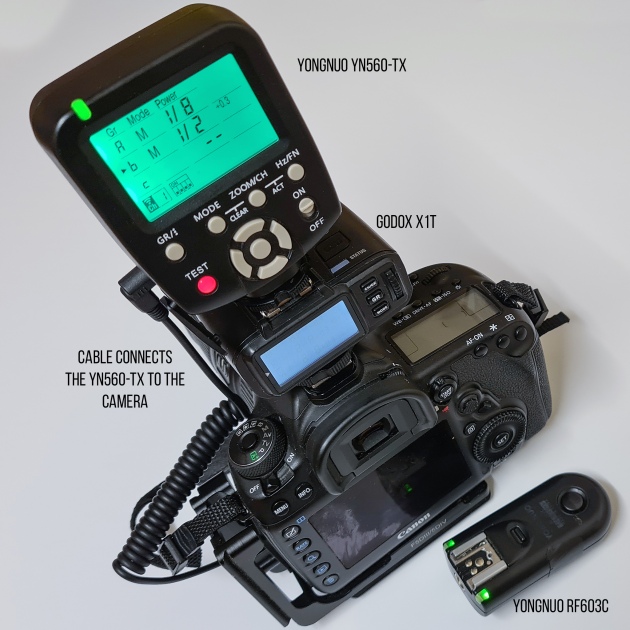This article may be of interest to photographers who use Yongnuo flashguns – especially for real estate work – and who may be thinking of buying the Godox AD200.
I recently acquired a Godox AD200 flashgun, an excellent piece of kit with plenty of firepower. I have been using Yongnuo flashes for several years for my real estate work and I have found them robust and reliable. And cheap. I have had to replace a few of them due to my carelessness in letting them crash to the ground but there was no great cost in getting them replaced. They are manual only but for my photography that was not an issue as ETTL would never be required.

I found however that in large rooms I was having to use two Yongnuos at the one time to get a proper exposure without having to increase the ISO beyond my default setting of 400 (on a full frame Canon). I saw that the AD200 was a firm favourite among American RE photographers and so I opted to get one.

But I still wanted to use my Yongnuos to complement the Godox and preferably retain the remote control function of the YN560-TX trigger. For instance, when photographing a room with other rooms or hallways off it I like to place flashes to light those spaces at the same time as I’m exposing for the main room. Yes, it’s an option to use a single flash to light them all by making multiple exposures and then combining them in post-processing. However, whenever possible, I prefer to do a single exposure – it saves time in post.
This photo is a case in point. I used the Godox to light the foreground and two Yongnuos, one in each bedroom.

I have full remote control using the configuration of triggers shown in this photo:

The set-up consists of a Godox X1T trigger for the AD200 mounted on the camera hotshoe. I chose this trigger rather than the more recent Xpro because it has a hotshoe – the Xpro does not.

Mounted on the X1T hotshoe is the Yongnuo YN560-TX trigger for controlling the output of the individual Yongnuo flashes. If the output of any of the flashes needs adjusting I can do so from the camera and I don’t have to go to and fro doing it manually. This to me is a huge advantage.

To trigger the shutter (and flashes) remotely I use a Youngnuo RF603C trigger.
The set-up looks cumbersome but it it actually isn’t. It doesn’t weigh much and I have had no problems using the camera in portrait mode with it attached. Not very practical perhaps for handheld use but for tripod mounted cameras it presents no problems.
It means that I retain full remote control of the Yongnuos while using the Godox. The best of both worlds! I’m sure that in time, as my Yongnuos die off, or meet a sudden end due to careless positioning, I will go full Godox. For now however I’m very happy with this solution.






